February 2nd is World Wetlands Day. This year the theme is Wetlands and Agriculture: partners for growth. For many this may seem a strange juxtaposition because wetlands and agriculture are often perceived to be conflicting. Today, a widespread perception is that agriculture simply destroys wetlands, undermining biodiversity and degrading all the beneficial ecosystem services that they provide.
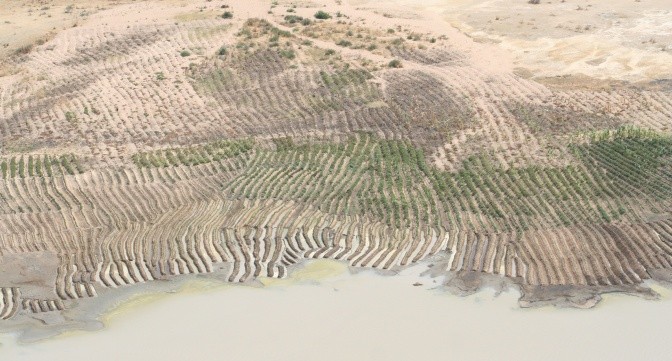 Agriculture in Bahi wetland, Tanzania. Photo: Lisa-Maria Rebelo
Agriculture in Bahi wetland, Tanzania. Photo: Lisa-Maria RebeloHowever, while it is true that inappropriate agricultural practices can have detrimental impacts, it is also true that globally wetland agriculture supports the livelihoods of tens of millions of people. In fact, in parts of the world, wetlands have been used for agriculture for millennia and many important civilizations and cultures have been, and are, supported by wetland agriculture.
In sub- Saharan Africa, as populations have increased and the climate changed, wetlands have increasingly become a new agricultural frontier. For example, today in Zimbabwe it is estimated that more than 20,000 ha of the total 260,000 ha of seasonal wetlands, known as dambos, are cultivated and even more are used for livestock grazing.
The attraction of wetlands for agriculture is the fact that they are often flat, fertile lands with a ready supply of water. In arid and semiarid regions with seasonal rainfall the capacity of wetlands to retain moisture for long periods, sometimes throughout the year and during droughts means that seasonal wetlands are particularly important for small-scale agriculture. Wetland agriculture provides an important coping mechanism for many rural communities having to deal with the harsh vagaries of climate.
Economic value of wetlands
There have been relatively few studies that have determined the economic value of wetland agriculture and compared this to the value of other wetland ecosystem services, such as water purification, flood protection and medicinal plants. However, when it has been computed it has been found to be significant, sometimes representing the single most valuable service a wetland provides.
In Zambia it is estimated that the total value of wetland services is equivalent to 5% of the national GDP: a significant proportion of this coming from agriculture. Furthermore, wetlands often support the poorest people in a region, so the benefits they provide are often more significant than implied by a simple measure of their contribution to GDP.
Of course there are limits to which a wetland can be exploited. Inappropriate agricultural activities can be profitable in the short-term but, if they degrade the wetland and undermine the resource base and the very ecosystem services on which the agriculture depends, ultimately they are unsustainable. In such cases a downward spiral can occur: as wetlands are altered, the services they provide are lost, pushing people further into poverty, which in turn leads to further degradation. Inevitably it is the poorest and most vulnerable who lose the most.
Wetlands, agriculture and people
In recent years, the need for local communities to benefit from conservation measures has become widespread: there is now a recognition that protection of the natural environment should not be at the expense of local peoples’ wellbeing. Conversely there is also a wider recognition that development activities, including agriculture, must be underpinned by the preservation of vital ecosystem services. However, in any given situation how to strike the right balance between the different uses of a wetland and the variety of benefits it provides, is not easy. There needs to be an assessment of trade-offs: evaluating what is gained and what is lost if a wetland is managed and used in a particular way.
Two recent publications, a book Wetland Management and Sustainable Livelihoods in Africa and a report Wetlands and People have highlighted both the benefits and the risks of wetland agriculture. Both argue for a people-centred approach to wetland management and make the case for empowering people to manage their own wetlands in their own landscapes.
For sustainability it is essential that local people are involved in wetland planning, management and decision-making, and have clear rights to use wetlands. Local people often have a deep understanding of how their wetland functions and how to manage those functions, often developed over hundreds of years. In contrast to the view that local people are the chief cause of wetland degradation, the reality is that they will, and do, protect them if they value and can profit from them.
It is estimated that in Asia, 48% of Ramsar designated wetlands are used for agriculture. In Africa the figure is 66%. Clearly the proposition that wetlands and agriculture should be partners for growth is fitting. The challenge is to ensure that the partnership remains a successful one for the benefit of both current and future generations.
Further information is available at: https://www.iwmi.cgiar.org/issues/wetlands/overview/ and https://www.wetlandaction.org.




















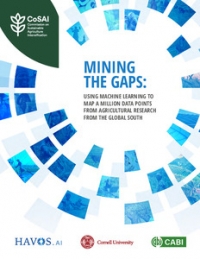
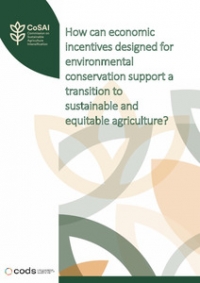
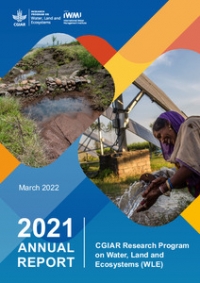
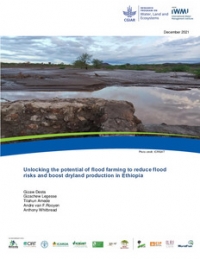
Comments
Interesting post. In North America wetlands used to be more valuable for agriculture, but industrial farming methods have reduced the use of wetlands. In some cases cutting and grazing grassland wetlands was actually beneficial, and the reduction of these practices has reduced wetland health.
In US, Natutal Resourcd Conservation Service.is a lead organization between farming and wetland management. Soils are an important consideration as differentiating between more aerated soils are prime farmland soils and Hydric soils which are more anaerobic.
Gary